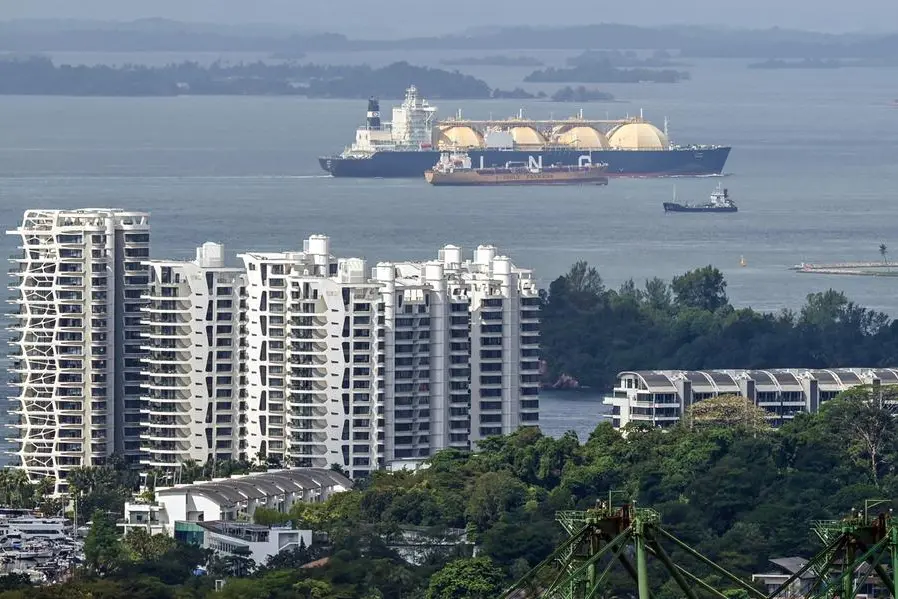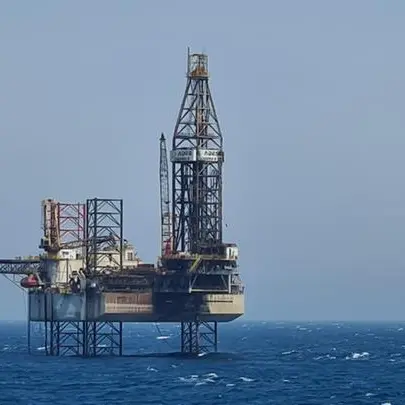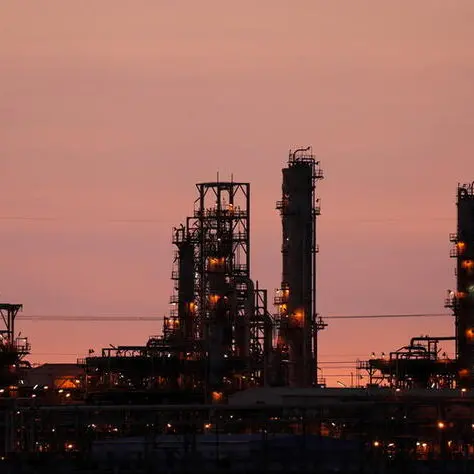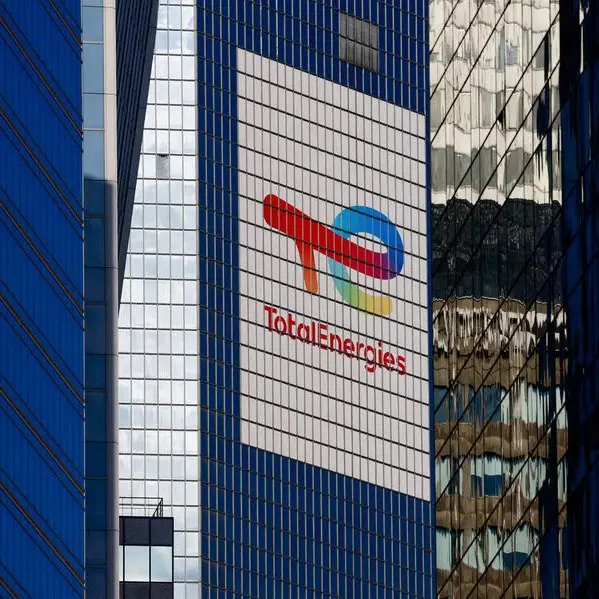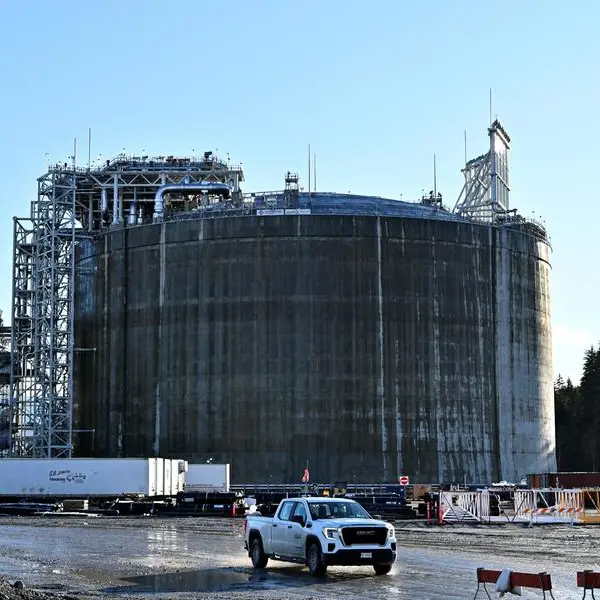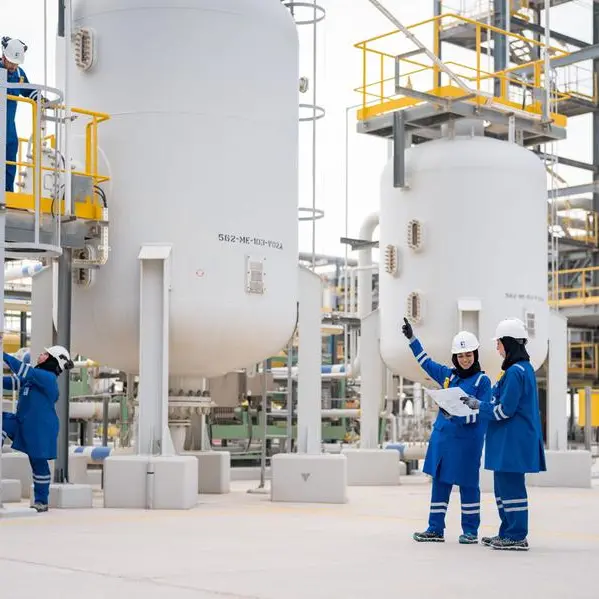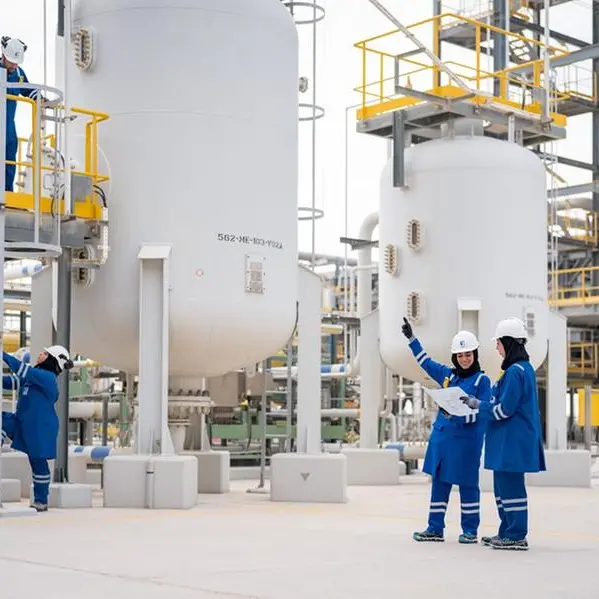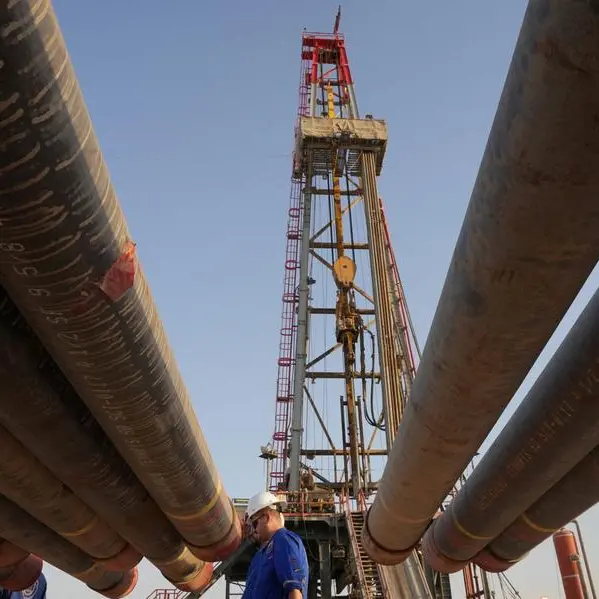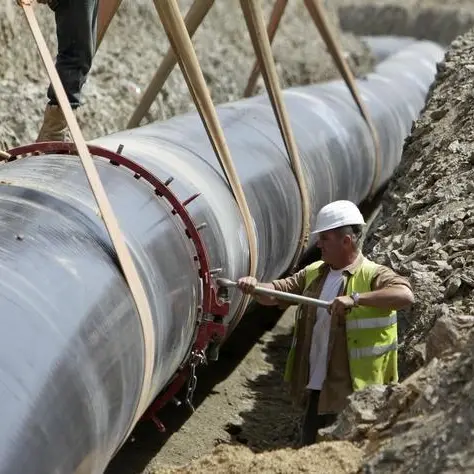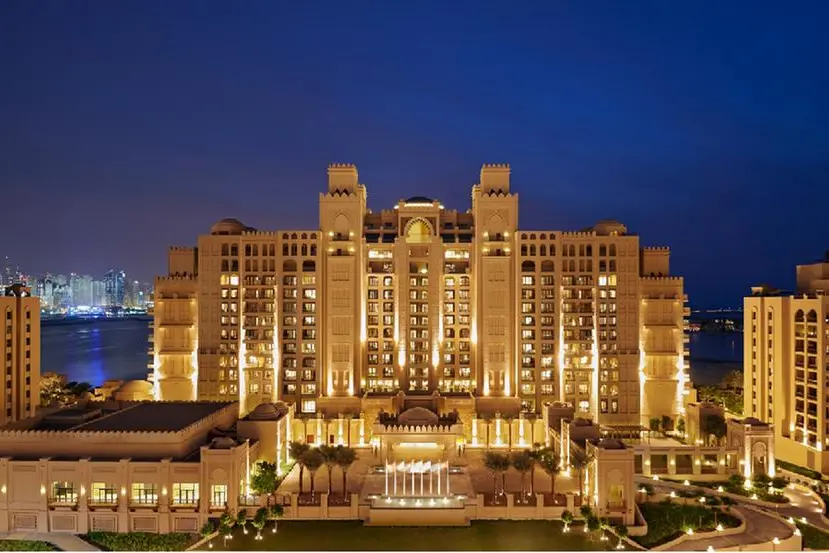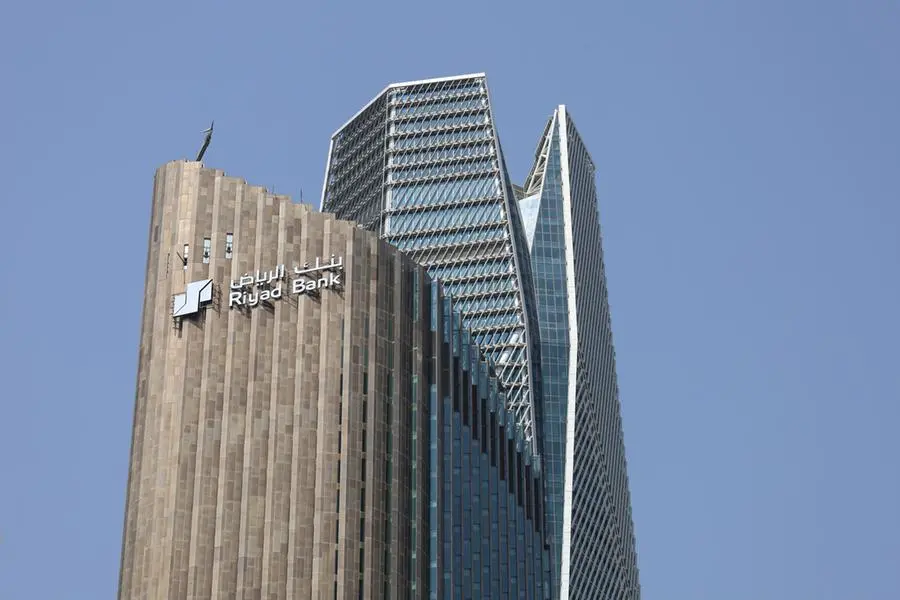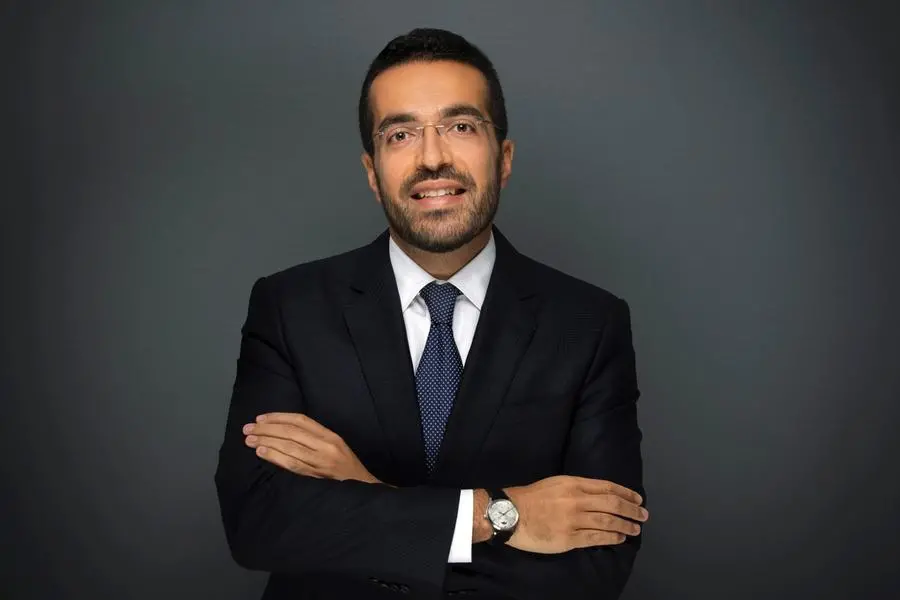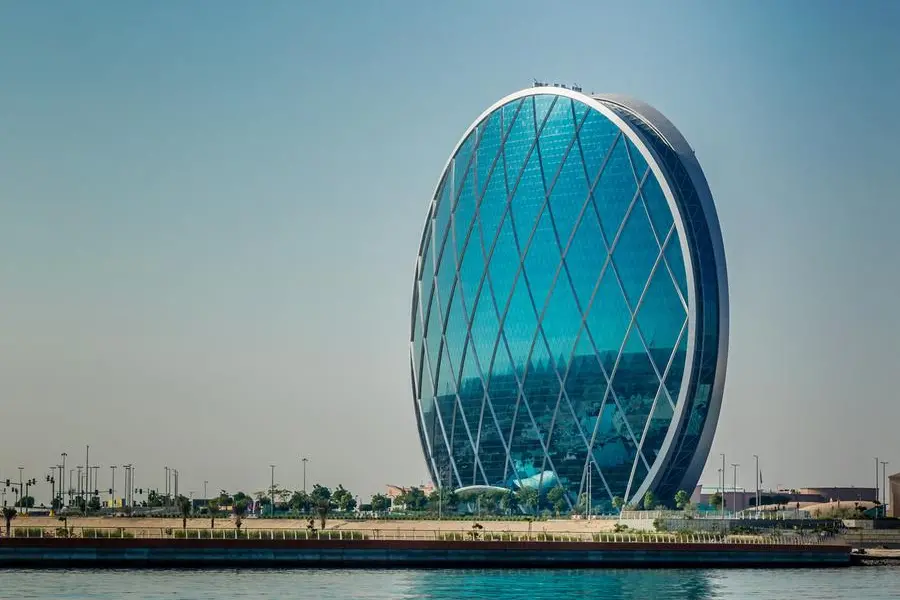PHOTO
Over the past couple of years, the global energy markets have experienced several significant impacts driven by geopolitical tensions, supply chain disruptions and evolving trade patterns. Reflecting on these developments, the most notable change has been the rebalancing of LNG trade flows. The European energy crisis, exacerbated by the Russia-Ukraine conflict, necessitated a dramatic shift.
Historically, a significant portion of LNG cargoes was destined for Asia. However, in response to the European energy crisis, many of these cargoes were redirected to Europe to offset the loss of Russian pipeline gas. This was crucial in stabilising European gas supplies. As I experienced this first-hand, the positioning of global portfolios required the joint efforts of policymakers, commercial participants and infrastructure providers to rebalance trade flows at a record speed.
Germany goes LNG
One critical development has been the rapid expansion of LNG infrastructure in Europe, particularly in Germany. Before the crisis, Germany had no LNG regasification capabilities. By 2023, several LNG terminals had been commissioned, significantly enhancing Germany's capacity to import LNG. This infrastructure build-out is expected to continue, with projections indicating that Germany could meet 40-45 percent of its gas demand through LNG by 2030.
High energy prices and supply shortages also led to significant demand destruction across Europe. Many industrial consumers either reduced their consumption or shut down operations. The long-term impact of this demand destruction remains uncertain, and it is unclear how much of this demand will return.
Traders take centre-stage
The energy markets experienced unprecedented volatility during this period. For instance, at the height of the crisis, TTF (Title Transfer Facility) gas prices exhibited volatility exceeding 150 percent. More recently this volatility had reduced to around 50 percent, indicating some stabilisation but still reflecting significant market uncertainty.
What has transpired over the last 24 months is unprecedented. Commercial activity in the form of LNG has skyrocketed to deal with this crisis. Over 100 bcma of new LNG contracts were signed in each year from 2021-24, with a sizable portion originating from the United States. Even if some of these contracts are non-binding or projects abandoned, we are witnessing a seismic shift none of us in the industry have ever witnessed; a 45 per cent increase in market size within the next 5 years. Interestingly, many of these contracts were signed with portfolio players and traders rather than traditional importers. This shift in market dynamics highlights the increasing role of traders in the LNG market.
New export projects
Disruptions in global supply chains and the development of new export projects also played a critical role in reshaping the energy landscape. The market is still assessing the long-term consequences of these developments, which include potential shifts in global trade routes and supply dependencies. These factors collectively highlight the resilience and adaptability of the global energy markets in response to significant disruptions. The industry has made substantial adjustments to infrastructure and trade flows, which have been crucial in maintaining supply security and market stability.
While it is fair to say that natural gas trade flows have stabilised to a certain extent, especially in Europe and Germany, we cannot definitively say that there will be no future gas shocks. The recent crisis necessitated a significant repositioning of LNG cargoes, and Europe, particularly Germany, has been effective in addressing supply challenges. Europe has seen a dramatic shift from historically 20 per cent to currently 40 per cent of its gas being LNG.
The volatility challenge
Achieving price stability is another matter, and to me this is key to attract industry and provide a stable energy price for households. Despite the stabilisation in trade flows, there are still many factors that contribute to price volatility. One question facing the industry is how much of Europe’s gas should be contracted long term. The answer to this question needs to be balanced with Europe’s decarbonisation goals, and this is a key criteria to its long-term gas sourcing agenda.
Certainly, the new LNG supply capacity coming onstream in the Gulf will likely lead to increased trading within the region and has the advantage of balancing the Atlantic and Pacific regions due to their close proximity to both. Middle Eastern producers are well-positioned to play a significant role in this shift, given their trading capabilities and the volume of supply they can manage flexibly.
I do believe we will see more trading among Gulf companies as they leverage their new capacities and strategic investments to balance and optimise their global portfolios. This shift will enhance their trading flexibility and market influence both regionally and globally.
Europe has shown great resilience in solving the crisis at hand. The great challenge we now face is overcoming a delicate balance between today’s decisions on security of supply with the decarbonisation challenges we face into the next decade.
(The author is Chief Commercial Officer LNG & Global Origination, Uniper Global Commodities SE. Any opinions expressed in this article are the author’s own)
